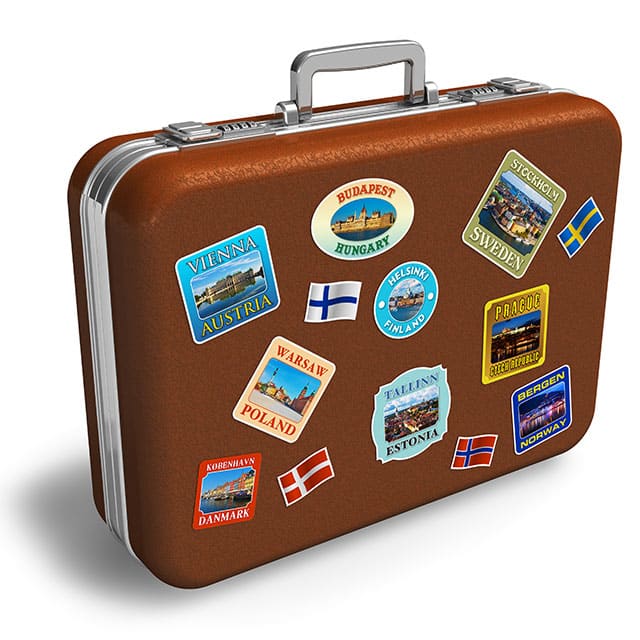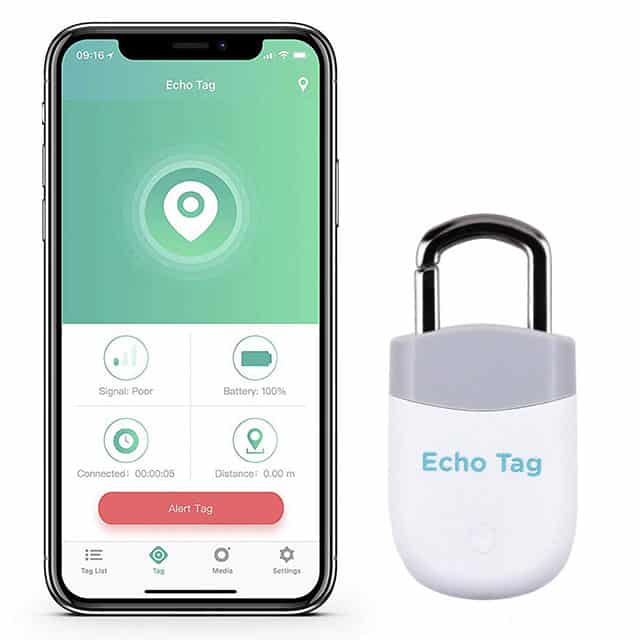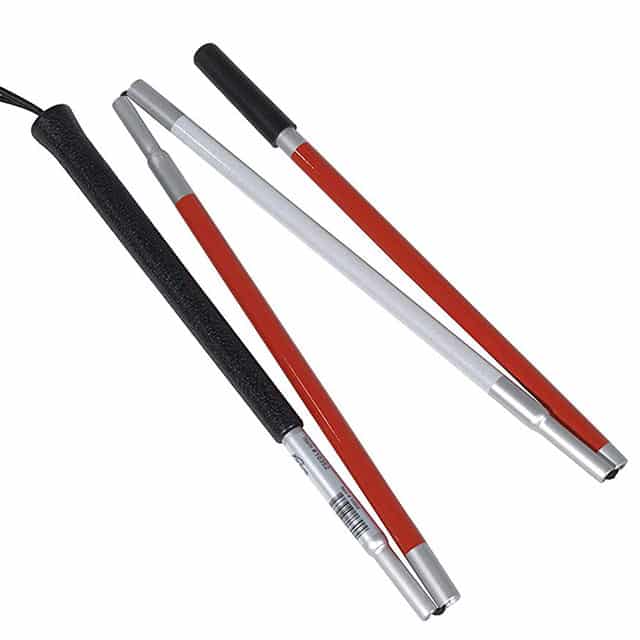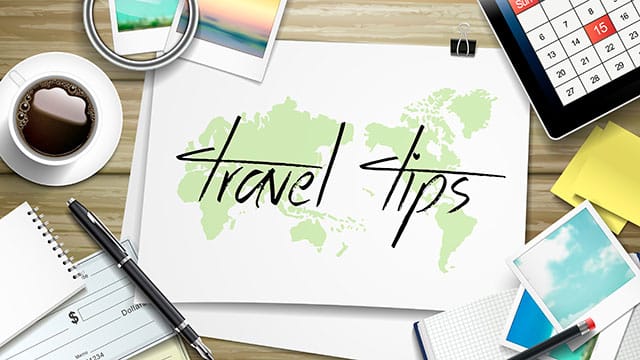For many, traveling is one of the great joys of life. For others, it’s a necessity.
Whatever your reason for jet-setting, these simple tips can greatly improve your experience as a visually impaired traveler.
1. Pack light
This will take away the stress of searching for your luggage in the conveyor area at the end of the flight and will allow you to begin your trip on a relaxed note.
2. Make your luggage easy to distinguish

You can try adding a giant, brightly colored bumper sticker or fluorescent tape to your hard shell suitcase, or a brightly colored ribbon to the handle of your duffel bag.
Making your luggage eye-catching will prove very helpful if you need to ask an airline employee for assistance in retrieving your bag from a crowded conveyor belt.
3. Purchase an electronic bag tag

If you’re concerned about locating checked luggage at the end of your flight, consider purchasing an electronic device to attach to your bag. This will beep when your luggage is close by, allowing you to retrieve your bag with no assistance.
One we like is the Echo Tag, check it out here.
4. Ask for what you need
Airline workers and hotel staff have been trained to support travelers with disabilities and can usually lead you directly to your seat or designated room, if requested.
Notifying your airline in advance that you have a visual disability, and they will have someone in place to support with your boarding needs. Plus, you can take advantage of the early boarding perk!
5. Check reviews before booking lodging
Some hotels, hostels, and Air BnBs are more accommodating than others.
Feel free to ask about tactile signs, Braille menus, or any other accommodations you need.
Additionally, be thoughtful about the location of your lodging; find lodging that is convenient to main attractions, even if it costs a little more. If you select a more remote location, you’ll likely make up the difference in transportation costs anyway.
6. Always carry your medical identification card and travel insurance card
Chances are, you won’t need them, but in the case of an accident or emergency, your visual limitations will be evident to a responder.
7. Download the app Blindsquare
This app utilizes both GPS and a compass to provide navigation both indoors and outdoors. Despite the name, you don’t need to be legally blind to benefit from this app–it provides navigational support to people with a wide variety of visual impairments.
If you’re traveling on a budget and want to download free apps only, consider Google Maps and Yelp for directions and local suggestions.
Note: this is only available for iOS users.
8. Plan your itinerary in advance AND carry it with you
Having important addresses in one place will be important if your driver makes a wrong turn or you end up lost.
9. Take advantage of guided tours
When visiting a new city, consider signing up for a guided tour. Guided tours provide the perfect platform for learning about the history and culture of a place, even if you can’t see the scenery.
10. Bring your cane

Carrying a cane is an international sign of blindness, so consider carrying a cane, even if you don’t need one. This will signal to others that you are visually impaired.
This cane by Drive Medical has a folded length of 13.7″ and a folded width of 1.5″, so there’s no excuse not to pack or carry it.
11. Enjoy yourself
Travel isn’t always perfect. Flights can be delayed, lodging can be old and musty, and food can be far more expensive than you anticipated.
If you’re traveling alone that can be daunting even for those who are fully sighted.
Relax, enjoy yourself, and make the most of your trip!


Leave a Reply